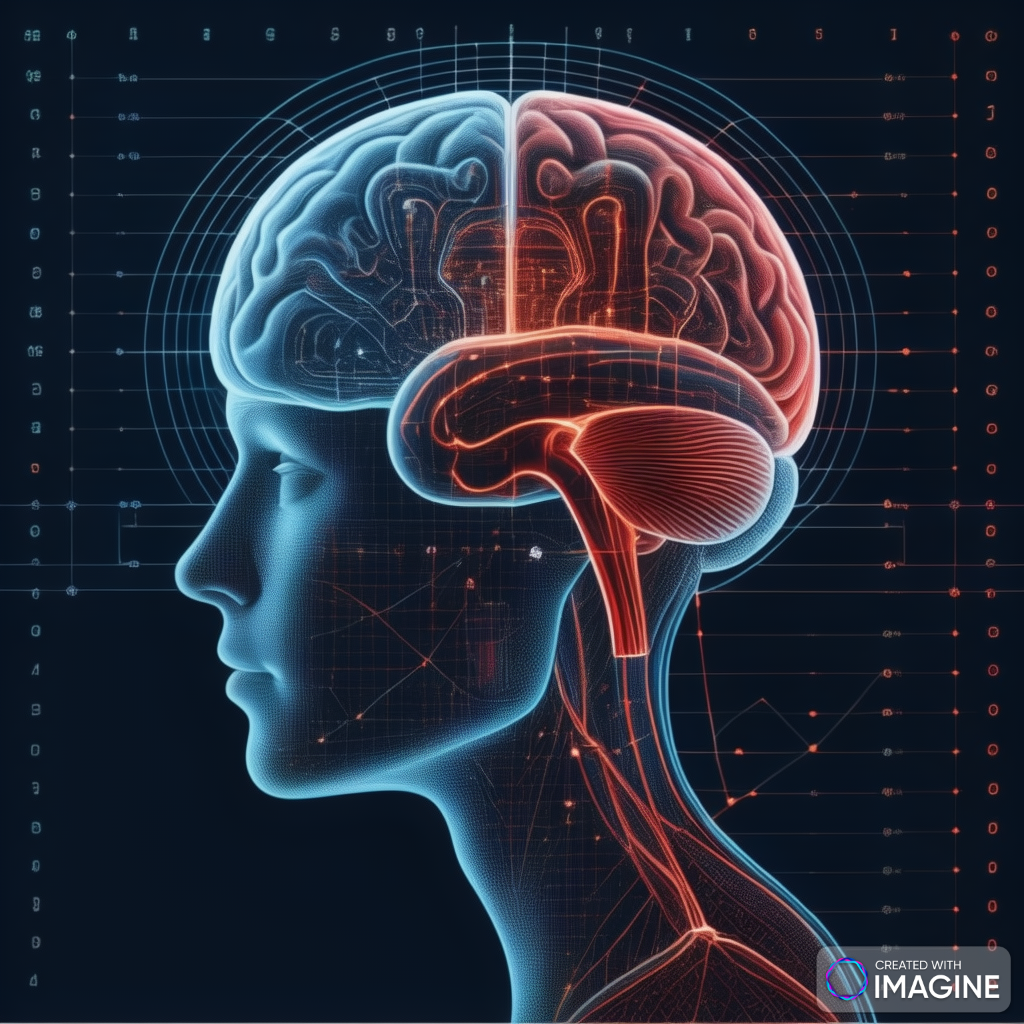The discovery of electromagnetic waves is attributed to the pioneering work of James Clerk Maxwell in the 19th century. Here’s a brief overview of the timeline and the thought process behind this significant scientific breakthrough:
Timeline of Discovery:
- 1800 – Hans Christian Ørsted:
- Ørsted discovered the connection between electricity and magnetism when he observed that an electric current creates a magnetic field.
- 1820 – André-Marie Ampère:
- Ampère expanded Ørsted’s work, establishing the relationship between electric current and magnetic fields. His contributions laid the groundwork for the concept of electromagnetism.
- 1831 – Michael Faraday:
- Faraday discovered electromagnetic induction, demonstrating that a changing magnetic field could induce an electric current. This crucial insight suggested a dynamic link between electricity and magnetism.
- 1864 – James Clerk Maxwell:
- Maxwell formulated a set of mathematical equations known as Maxwell’s equations, summarizing the laws of electromagnetism. Through his equations, he predicted the existence of electromagnetic waves and calculated their speed, identifying them as propagating at the speed of light.
- 1888 – Heinrich Hertz:
- Building on Maxwell’s predictions, Hertz experimentally verified the existence of electromagnetic waves. He successfully generated and detected radio waves, demonstrating that these waves exhibited all the properties predicted by Maxwell.
Thought Process and Mindset:
- Integration of Theoretical Frameworks:
- Maxwell’s approach involved integrating the theories of electricity and magnetism into a coherent framework. His mathematical equations represented a synthesis of existing knowledge and proposed the existence of a new form of energy—electromagnetic waves.
- Purely Theoretical Insight:
- Maxwell’s discovery was largely theoretical. He mathematically deduced the existence of electromagnetic waves based on the principles of electromagnetism. The experimental verification by Hertz came later.
Research and Applications:
- Technological Applications:
- The discovery of electromagnetic waves laid the foundation for numerous technological advancements. Today, applications range from wireless communication (radio, TV, Wi-Fi, etc.) to medical imaging (MRI), and from radar to satellite communication.
- Telecommunications:
- The practical application of electromagnetic waves in telecommunications has revolutionized global communication, enabling information to be transmitted wirelessly over long distances.
- Medical Technologies:
- Electromagnetic waves find applications in medical technologies, such as magnetic resonance imaging (MRI), where they are used for non-invasive imaging of the human body.
- Radar and Navigation:
- Radar systems, which use electromagnetic waves, play a critical role in navigation, weather monitoring, and military applications.
Defining Electromagnetic Waves:
- Nature of Waves:
- Electromagnetic waves are oscillating electric and magnetic fields that propagate through space. They have both particle-like (photons) and wave-like properties.
- Wavelength and Frequency:
- They vary in wavelength and frequency, covering a broad spectrum that includes radio waves, microwaves, infrared radiation, visible light, ultraviolet radiation, X-rays, and gamma rays.
Scientific Discovery Leading to Engineering:
- Theoretical to Practical Implementation:
- Maxwell’s equations provided a theoretical foundation for understanding electromagnetic waves. Hertz’s experiments then demonstrated their existence, facilitating the practical application of these waves in various technologies.
- Engineering Applications:
- Engineers, armed with the knowledge of electromagnetic waves, have developed technologies that harness these waves for communication, imaging, sensing, and more.
The discovery of electromagnetic waves marked a crucial turning point in our understanding of the fundamental forces governing the universe. It not only led to advancements in science but also catalyzed a technological revolution with far-reaching implications in our daily lives.
Electromagnetic Waves: Further Insights
Theoretical Groundwork: Maxwell’s Equations
- Faraday’s Field Lines:
- Maxwell built on Faraday’s concept of field lines, proposing that changing electric fields generate magnetic fields and vice versa. This laid the groundwork for his equations.
- Displacement Current:
- Introducing the concept of displacement current, Maxwell’s equations completed the set of equations for electromagnetism. This addition was crucial for describing the behavior of electric fields in regions where charges were varying.
Hertz’s Experimental Verification
- Generating Electromagnetic Waves:
- Hertz’s experiments involved creating and detecting electromagnetic waves. He used a spark gap oscillator to produce oscillating electric charges, demonstrating the generation of radio waves.
- Wave Characteristics:
- Hertz verified that electromagnetic waves exhibit properties like reflection, refraction, diffraction, and polarization, akin to other types of waves. This confirmed their wave-like nature.
Development of Electromagnetic Spectrum
- Diverse Range of Waves:
- The understanding of electromagnetic waves expanded with the realization that they constitute a spectrum. Each segment of this spectrum, from radio waves to gamma rays, serves distinct purposes in technology and science.
- Applications Across Spectrum:
- Different segments of the electromagnetic spectrum found applications in various fields. For example, radio waves are vital for communication, while X-rays are employed in medical imaging.
Modern Technological Impact
- Wireless Communication Revolution:
- Electromagnetic waves are the cornerstone of wireless communication. The advent of radio, television, and later, mobile communication, exemplifies the transformative impact on global connectivity.
- Satellite Communication:
- Satellite communication relies on electromagnetic waves for transmitting signals between ground stations and orbiting satellites. This technology facilitates long-distance communication and broadcasting.
Advanced Medical Applications
- Magnetic Resonance Imaging (MRI):
- The principles of electromagnetic waves play a pivotal role in MRI technology. The interaction of radiofrequency waves with the body’s magnetic fields enables detailed imaging.
- Diagnostic and Therapeutic Uses:
- Electromagnetic waves find applications in medical therapies, such as using microwaves for hyperthermia (raising tissue temperature) or employing lasers in surgical procedures.
Quantum Perspective and Photon Behavior
- Quantum Electrodynamics (QED):
- Quantum electrodynamics describes the behavior of electromagnetic waves at the quantum level. It incorporates the particle-like nature of photons and their interactions with matter.
- Wave-Particle Duality:
- Understanding electromagnetic waves involves recognizing their dual nature as both waves and particles. This duality is fundamental to quantum mechanics.
Challenges in Practical Implementations
- Propagation Challenges:
- Electromagnetic waves face challenges related to propagation, such as attenuation over long distances, susceptibility to interference, and absorption by certain materials.
- Bandwidth Limitations:
- In crowded frequency bands, the available bandwidth for communication may be limited, leading to challenges in accommodating the growing demand for data transmission.
Emerging Frontiers:
- Terahertz Technology:
- Exploring the terahertz range of the spectrum presents opportunities for novel applications, including high-speed wireless communication and advanced imaging techniques.
- Metamaterials and Cloaking:
- Advances in metamaterials leverage electromagnetic wave behavior to create materials with unique properties, leading to possibilities like invisibility cloaking.
Educational Impact and Outreach:
- STEM Education:
- Understanding electromagnetic waves is foundational in STEM education. It introduces students to concepts in physics, engineering, and technology.
- Public Awareness:
- Increasing public awareness of electromagnetic waves is essential, addressing concerns, promoting responsible use, and fostering appreciation for the role of science in technology.
The journey from Maxwell’s theoretical framework to Hertz’s experimental verification and the subsequent technological applications of electromagnetic waves underscores the dynamic interplay between scientific discovery and practical engineering solutions. The continued exploration of this field promises further innovations with profound impacts on various aspects of our lives.
Theoretical Foundations and Mathematical Elegance:
- Unification of Electricity and Magnetism:
- Maxwell’s equations not only predicted the existence of electromagnetic waves but also provided a unifying framework for understanding the relationship between electricity and magnetism. This unification was a monumental achievement, simplifying complex phenomena into elegant mathematical expressions.
- Quantitative Predictions:
- Maxwell’s equations made quantitative predictions about the behavior of electromagnetic waves. The inclusion of the speed of light in these equations suggested a connection between light and electromagnetism, challenging existing notions about the nature of light.
Experimental Validation:
- Hertz’s Experimental Setup:
- Heinrich Hertz designed experiments to validate Maxwell’s theoretical predictions. His setup involved the generation of high-frequency oscillating electric circuits, which produced and detected electromagnetic waves. Hertz’s experiments demonstrated that these waves exhibited characteristics analogous to light.
- Wave Properties Confirmation:
- Hertz confirmed wave properties, such as reflection, refraction, diffraction, and interference, showing that electromagnetic waves behaved similarly to other types of waves. This experimental confirmation solidified the acceptance of Maxwell’s equations and the wave nature of electromagnetism.
Technological Innovations:
- Microwave and Satellite Communication:
- Microwaves, a specific range of electromagnetic waves, found applications in technologies like radar and microwave ovens. Satellite communication relies on the transmission and reception of electromagnetic signals in the microwave spectrum.
Quantum Mechanics and Photons:
- Wave-Particle Duality:
- The subsequent development of quantum mechanics revealed the wave-particle duality of electromagnetic waves. Photons, quantized packets of electromagnetic energy, demonstrated both wave-like and particle-like properties.
- Quantum Electrodynamics:
- Quantum electrodynamics (QED) emerged as the quantum field theory describing the interaction of electromagnetic fields and matter. This framework has been instrumental in understanding the behavior of electromagnetic waves at the quantum level.
Modern Applications and Technologies:
- Fiber Optic Communication:
- The transmission of information through fiber optic cables relies on the principles of electromagnetic wave propagation. This technology allows for high-speed data transfer over long distances.
- Quantum Information Processing:
- The understanding of electromagnetic wave behavior contributed to the development of quantum information processing. Quantum computers leverage principles derived from the wave-particle duality of electromagnetic phenomena.
Challenges and Ongoing Research:
- Quantum Gravity Unification:
- The unification of quantum mechanics and general relativity remains a significant challenge in contemporary physics. Researchers seek a comprehensive theory that seamlessly integrates electromagnetic phenomena with gravity at the quantum level.
- Quantum Communication Security:
- As quantum technologies advance, ensuring secure communication through quantum key distribution (QKD) becomes an ongoing challenge. Electromagnetic wave properties play a crucial role in these quantum communication protocols.
Global Impact and Societal Implications:
- Information Age Catalyst:
- The discovery of electromagnetic waves is considered a catalyst for the Information Age. The ability to transmit information wirelessly transformed the way societies communicate, share knowledge, and conduct business.
- Cultural and Economic Transformations:
- The ubiquity of technologies relying on electromagnetic waves has led to cultural shifts and economic transformations worldwide. These waves are foundational to the functioning of modern economies and social structures.
The journey from theoretical formulations by Maxwell to experimental verification by Hertz and the subsequent technological applications has been transformative. Electromagnetic waves not only revolutionized communication but also became indispensable in numerous scientific, medical, and everyday applications. Ongoing research continues to unveil new facets of their behavior, fueling advancements in quantum technologies and shaping the future of communication and computing.







